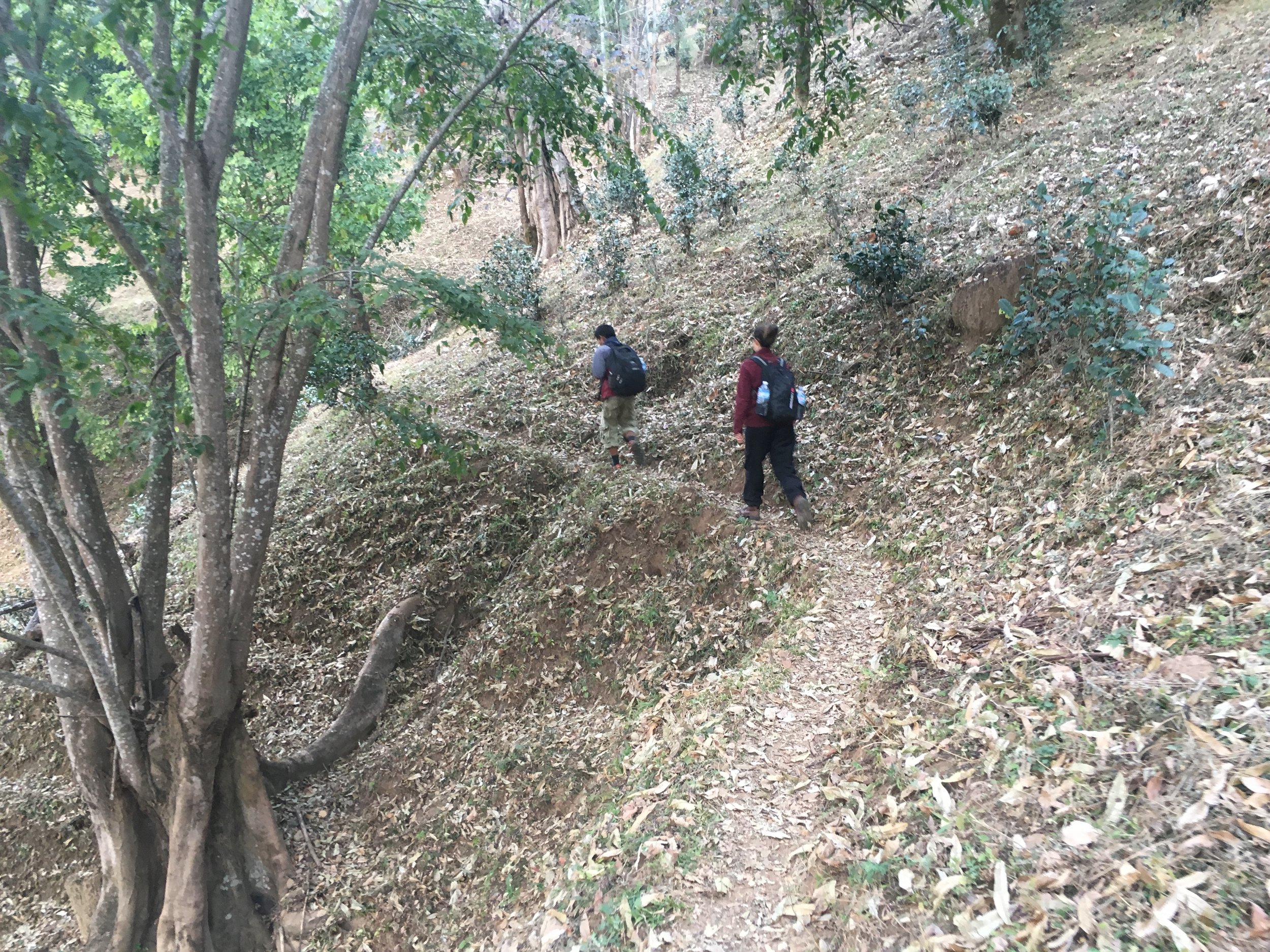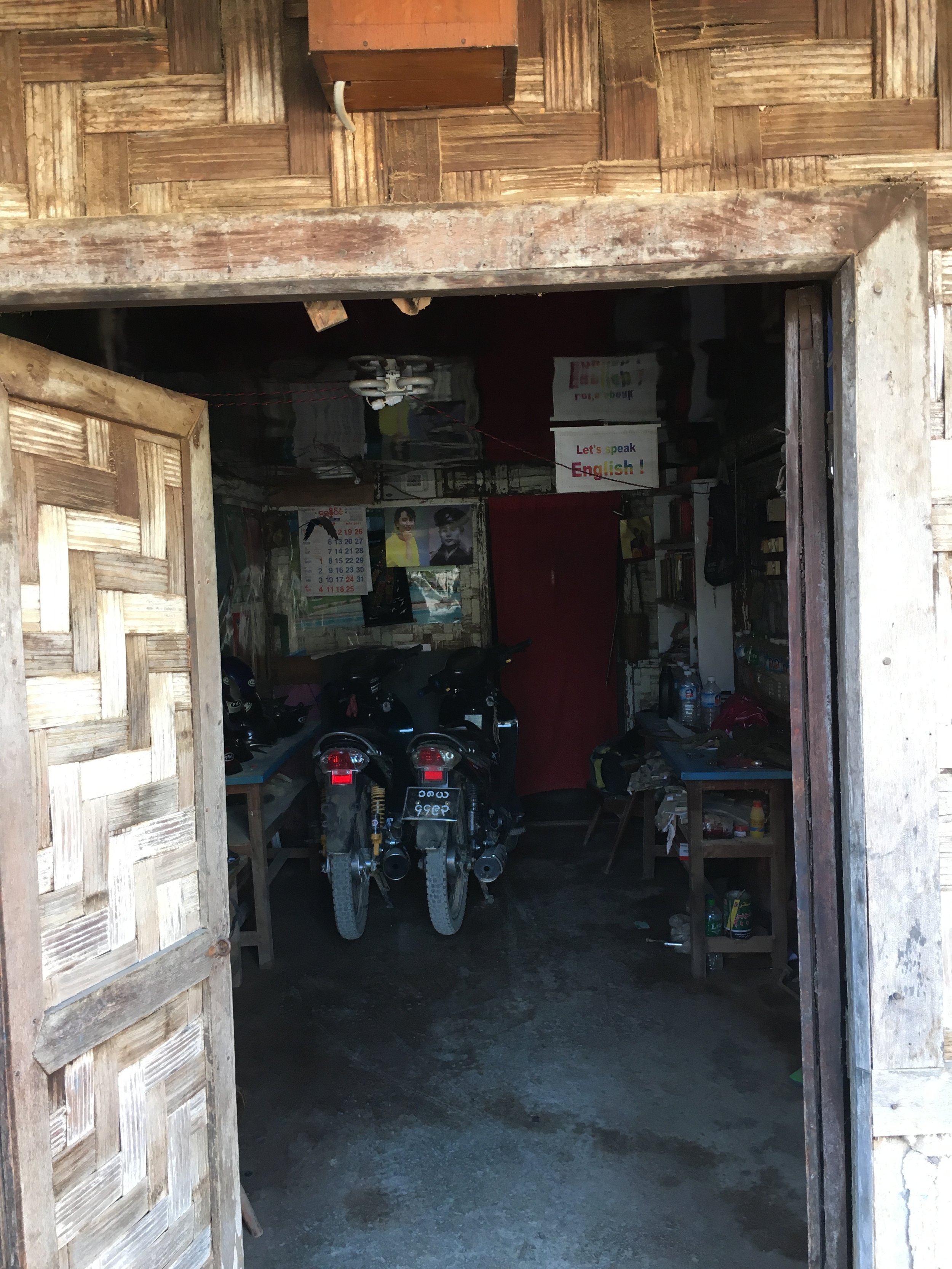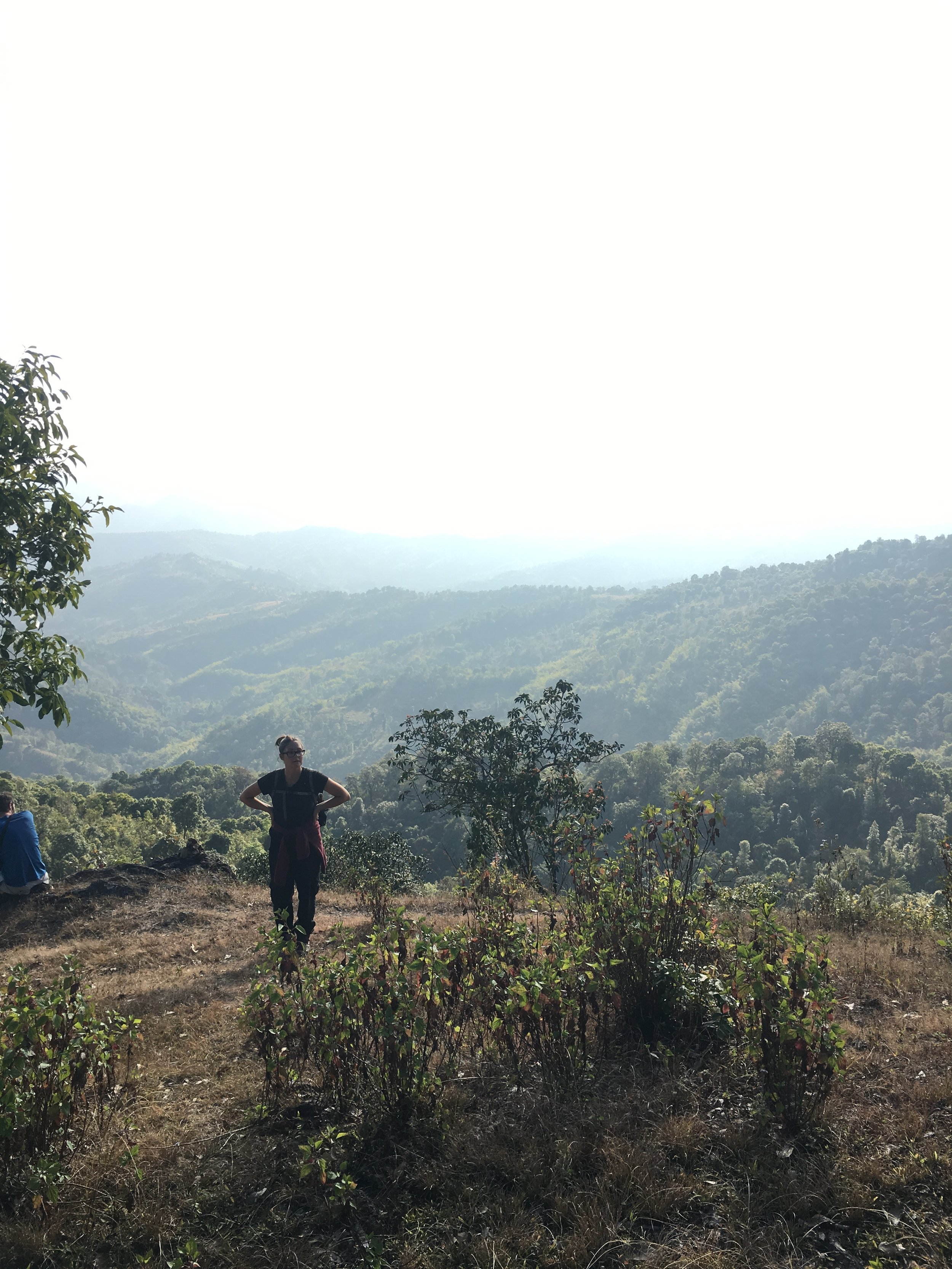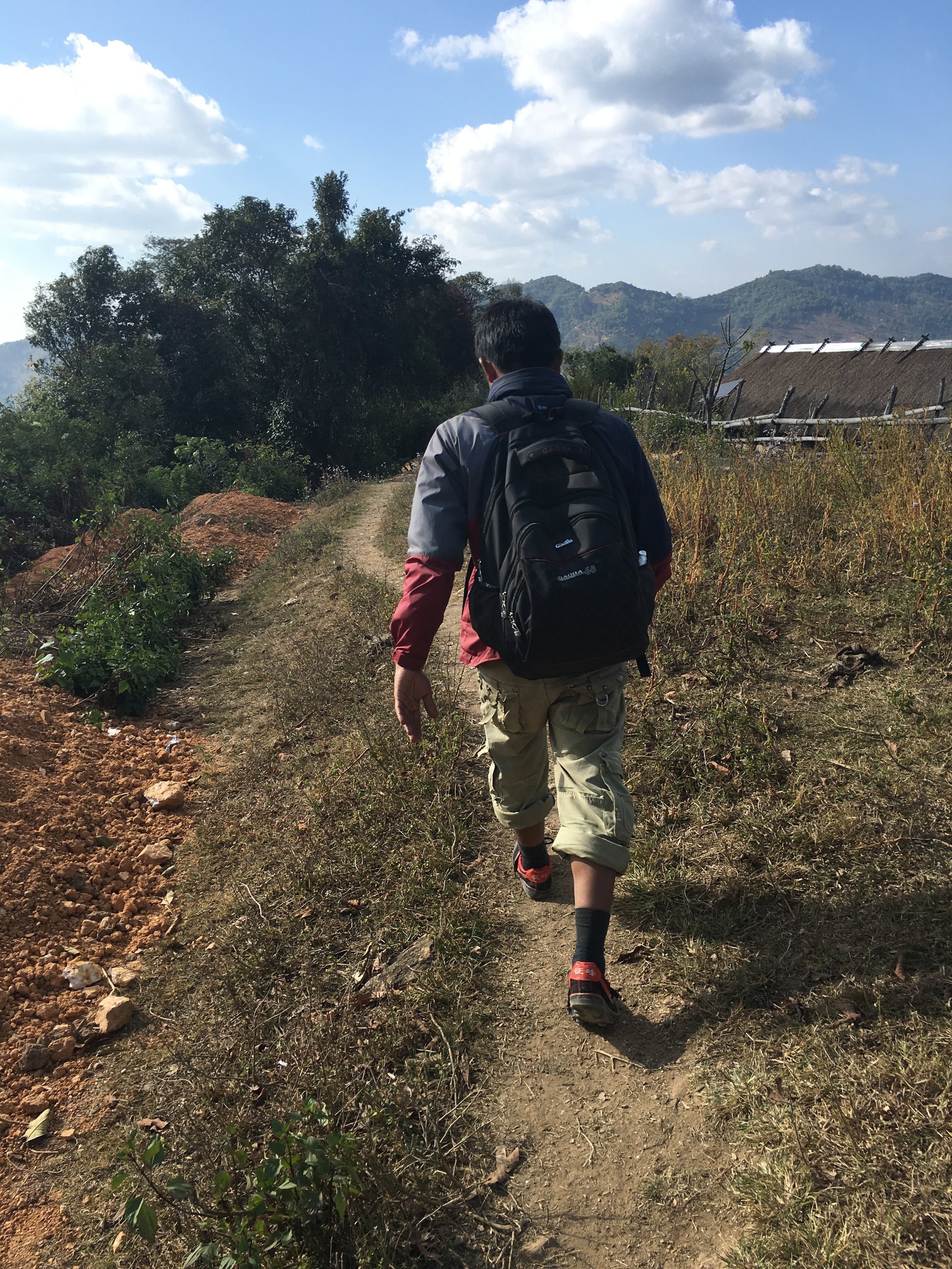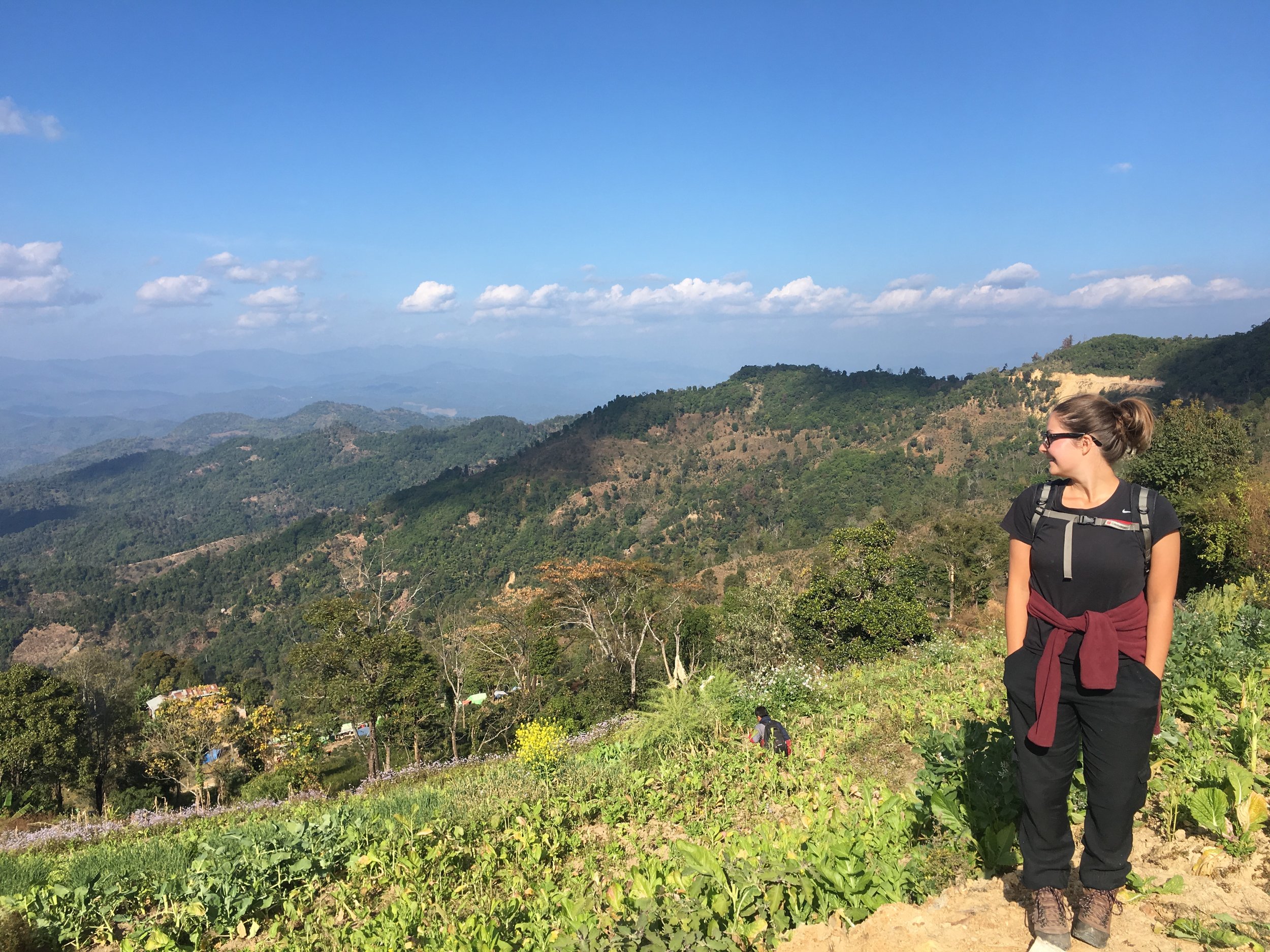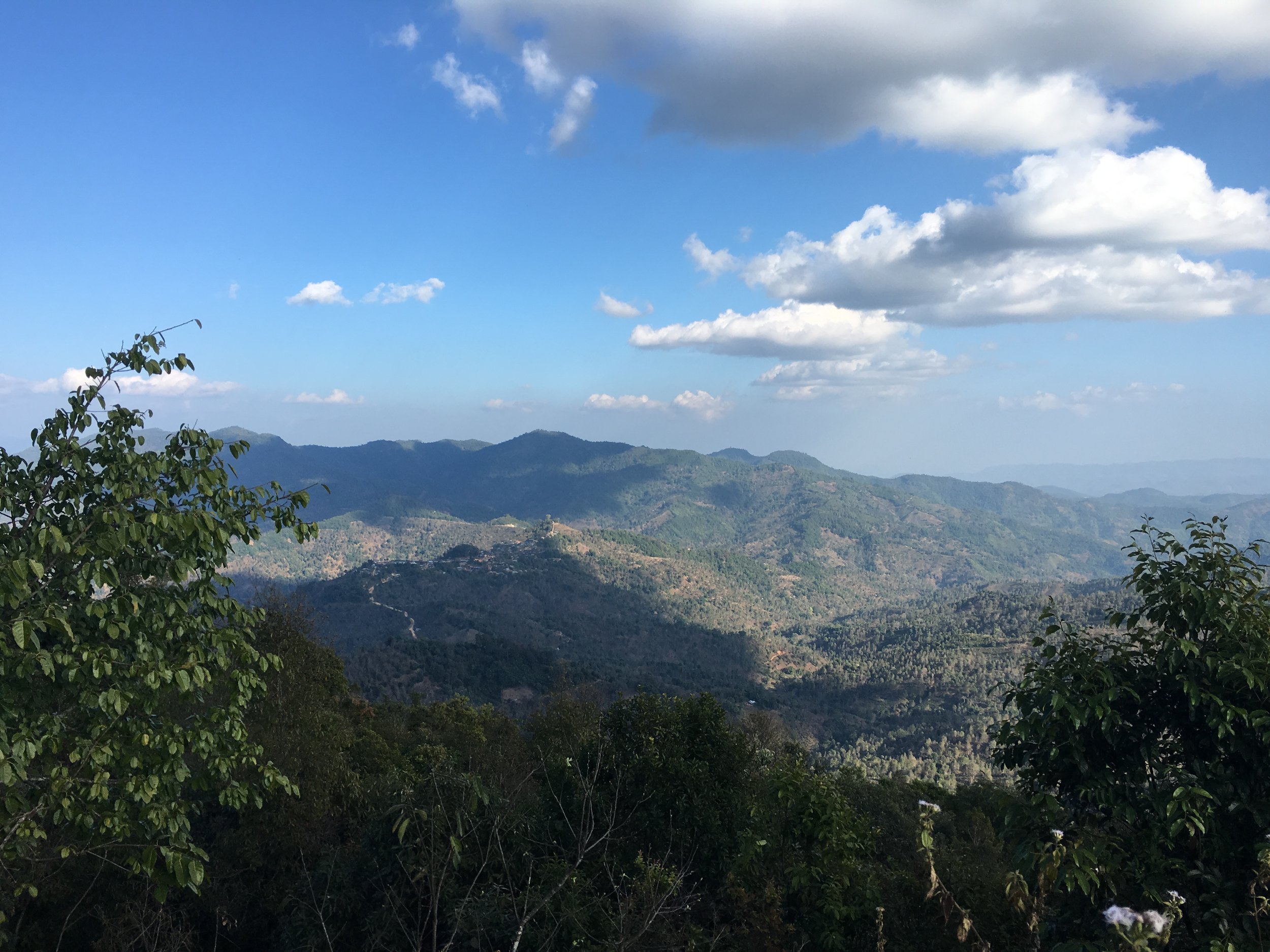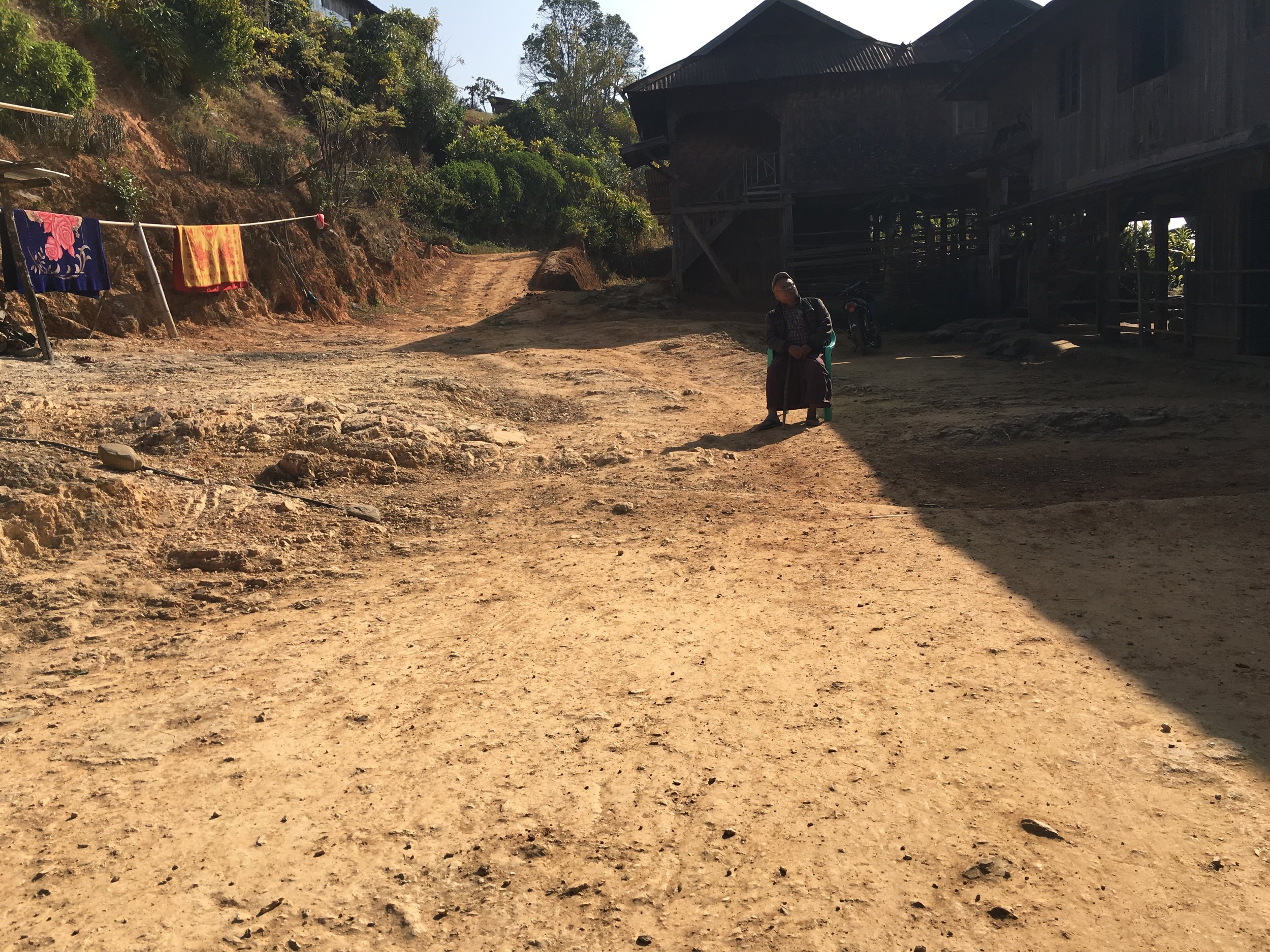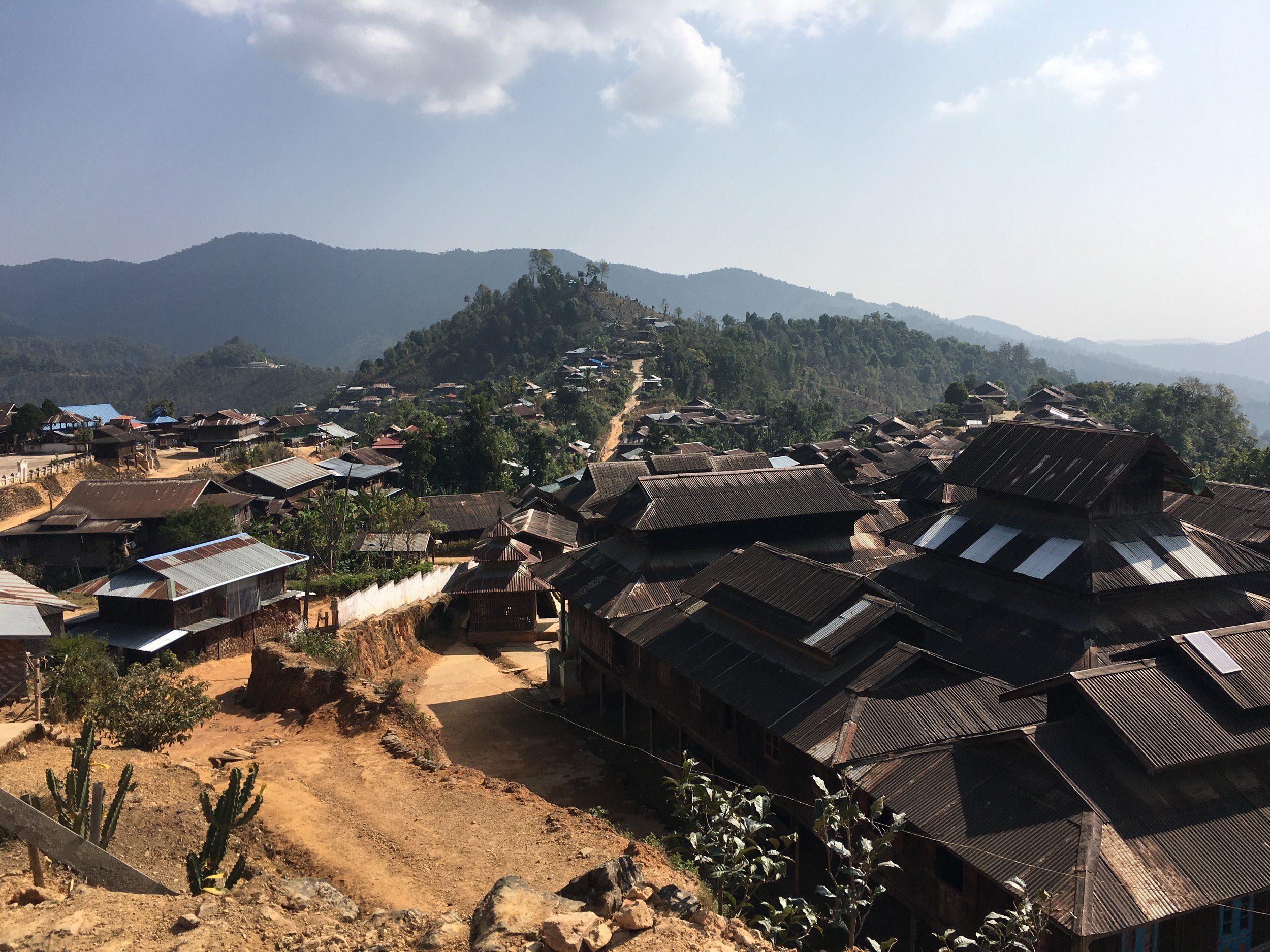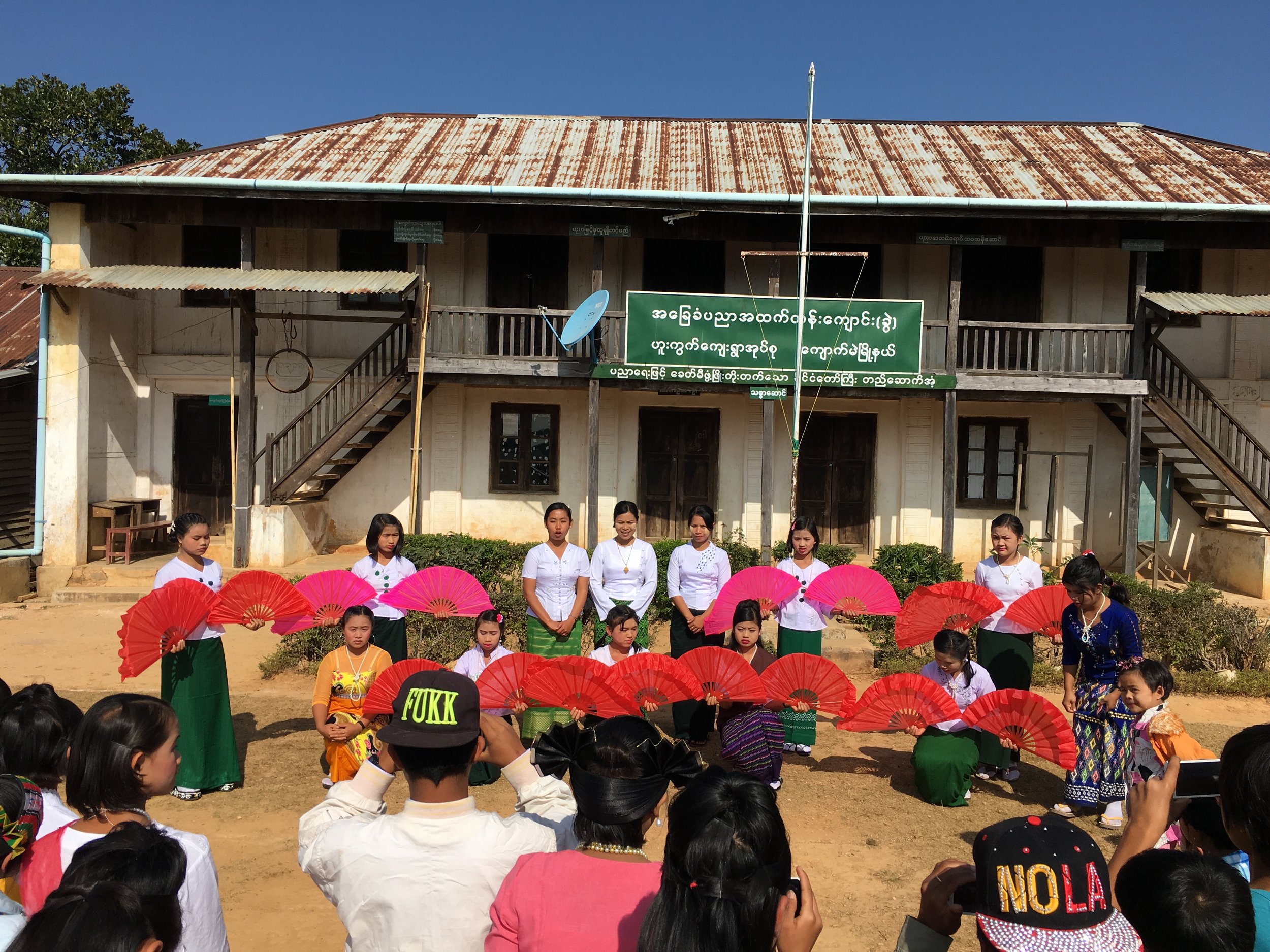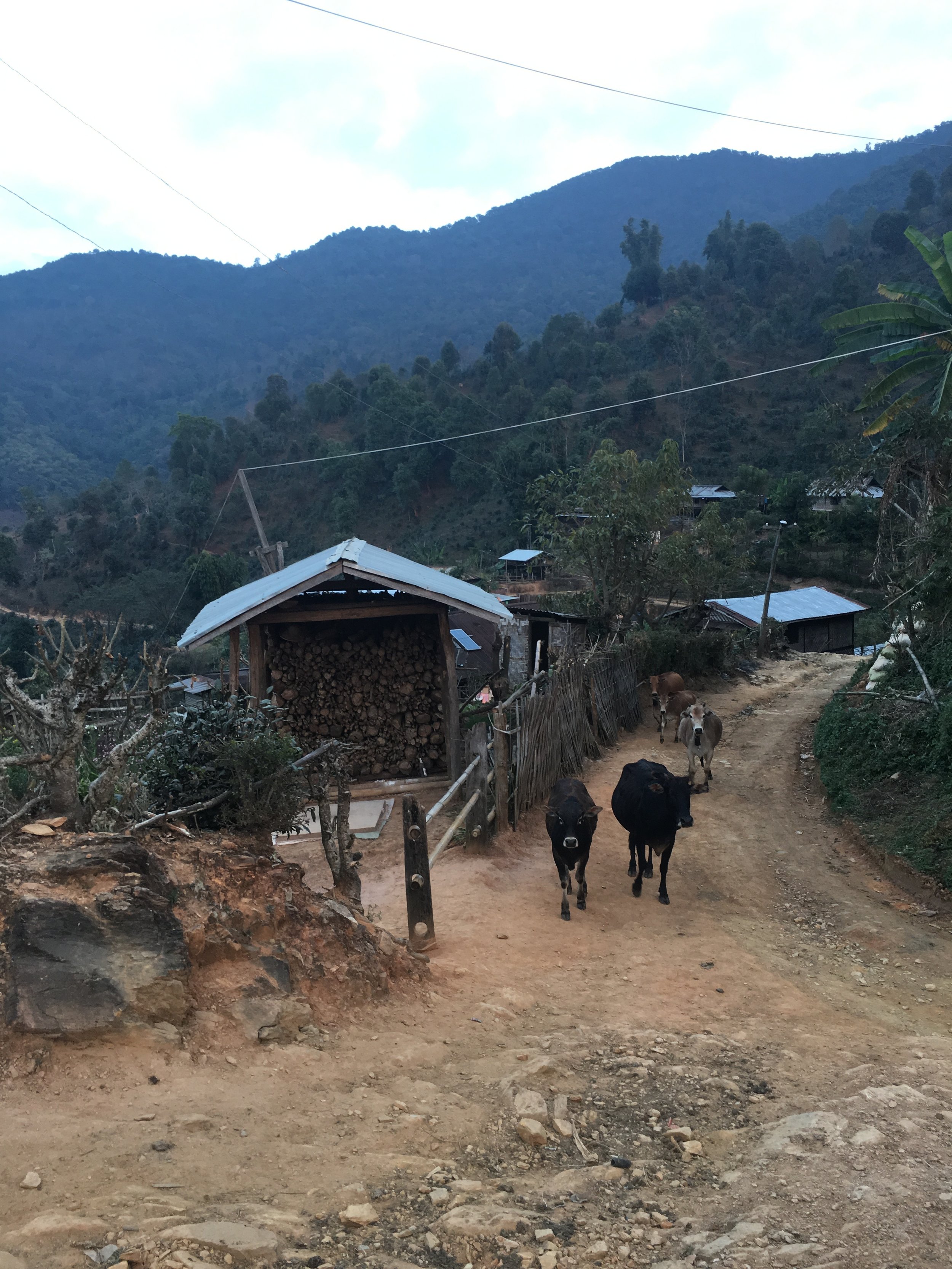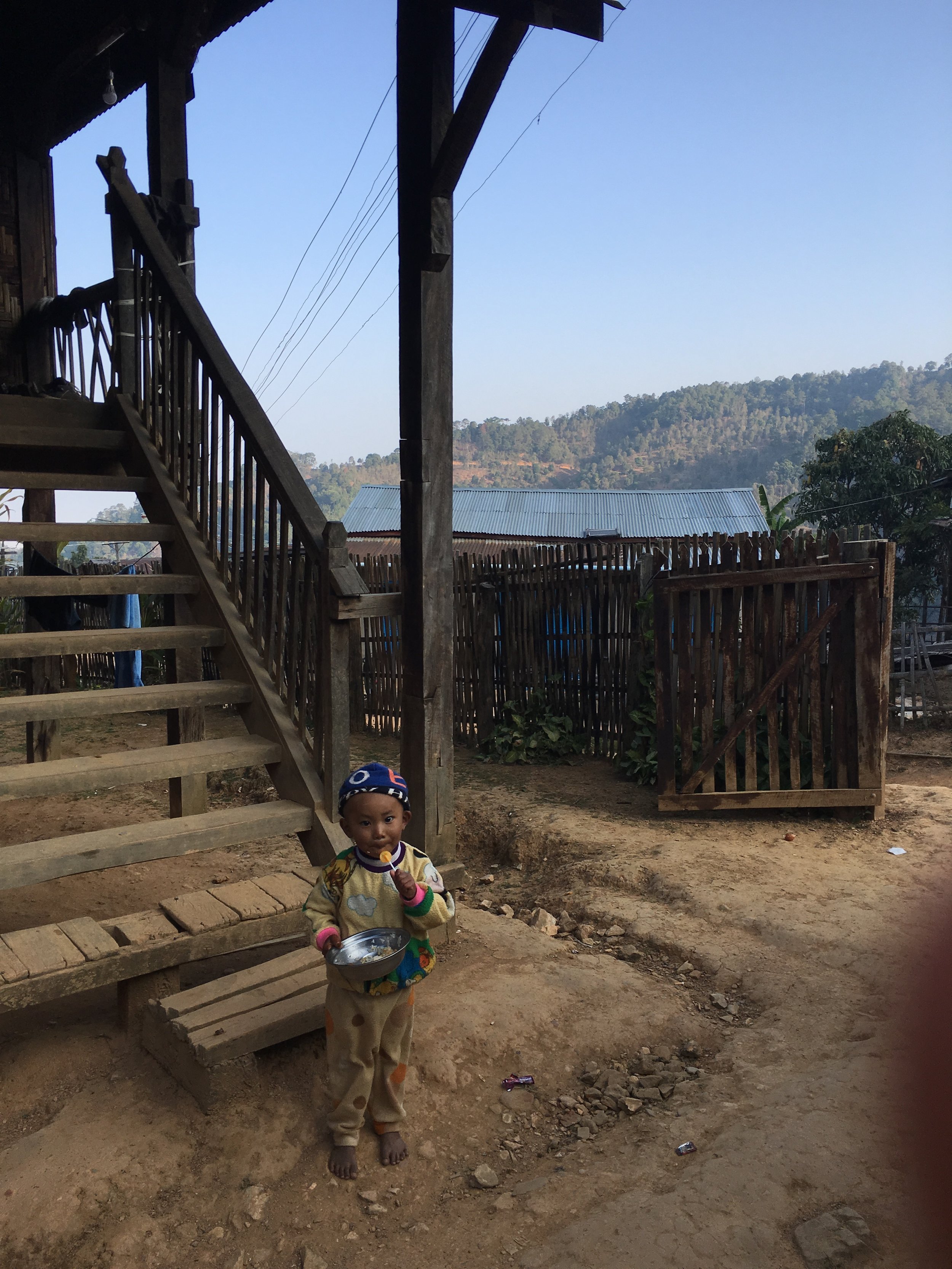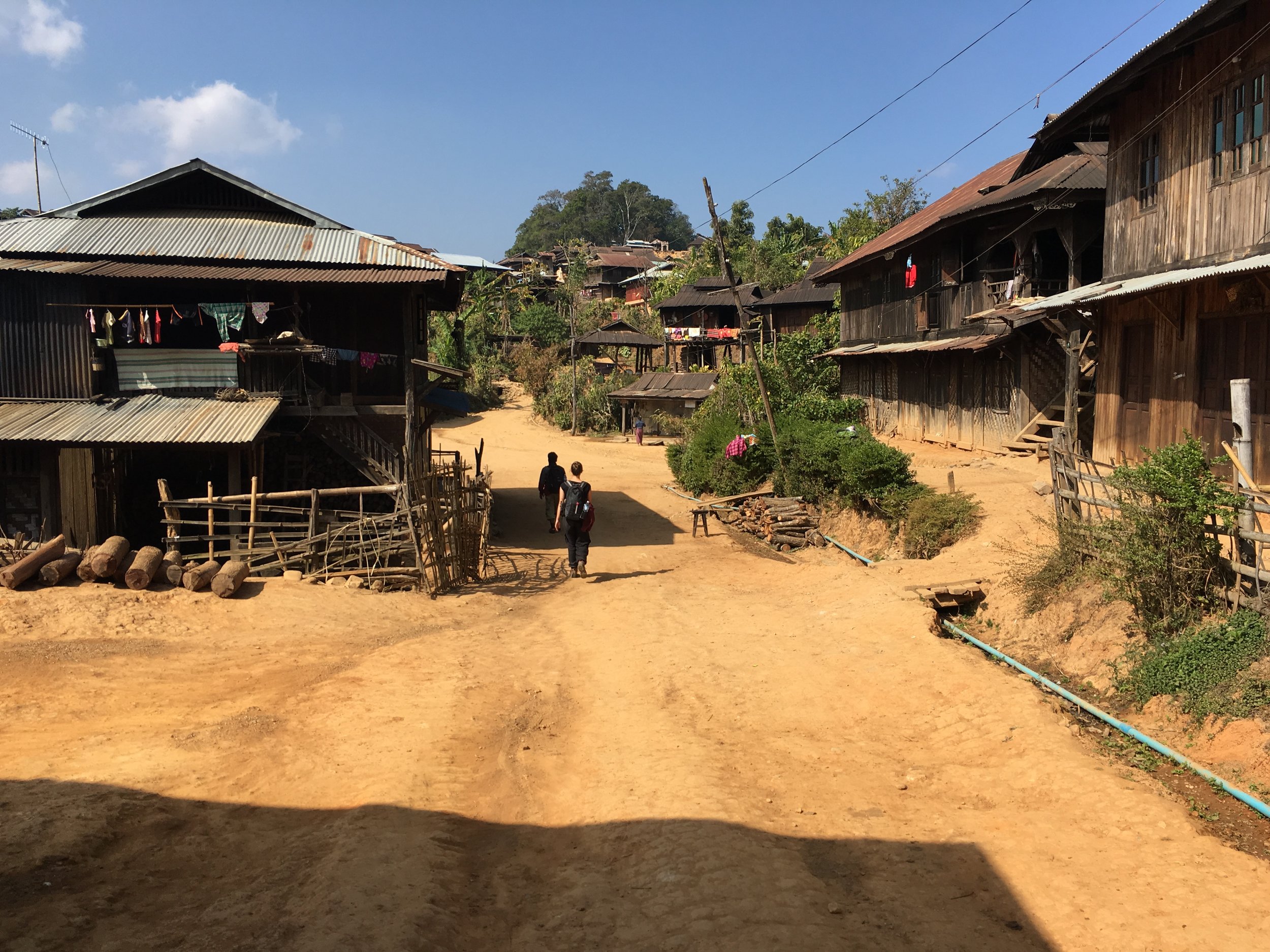Hiking in the Shan State
The Shan state is an area to the far east of Myanmar. Bordering China to the north, Laos to the east, and Thailand to the south, the Shan state covers almost a quarter of the total area of Burma. Known for it’s rugged beauty, untouched wilderness, distinctly rural vibes, and the armed combatants roaming the hillsides. Did I mention that it’s in the middle of a civil war. Yep, that’s a thing that’s happening. While there is officially a ceasefire in place currently, vast areas of the state remain completely outside of the central government of Myanmar’s control - leaving this slice of wilderness a destination like no other.
Visiting Myanmar? Read my guide on what to expect here.
Shan state
WHERE: North Eastern Myanmar
WHY: Off the tourist trail, untouched natural beauty
TIME: 3-4 nights.
WHY DID WE GO?
Traditionally, travelers to Myanmar have been allowed within the ‘tourist triangle’ on Yangon, Bagan and Inle Lake. Given this, these areas are guaranteed to be packed to the brim with travellers all year round. This really didn’t appeal to either of us, so we opted to head slightly off the tourist trail to the secretive Shan state. Being avid hikers, we had heard of the Shan State’s amazing wilderness and trails, and had chosen to head there to complete a 4 night motorbike and hiking trip in some hillside villages.
HOW WE GOT THERE
Getting to the Shan state is by no means an easy feat. Travellers generally have two options for getting into the main hub of Shan state, Kyuakme, bus, or plane. We opted for the gruelling 8 hour bus over the 1 hour flight - largely because the bus was only to set us back $15 USD, compared to the $150 USD for the one way flight. We got on at Pyi Gyi Myat Shin Bus Station in Mandalay - when we were the bus departed at either 1:30 or 2:30 pm daily. However, this decision quickly became one we regretted - the bus, whilst colourful, lively and full of locals also had one Thai sitcom on repeat for the entire duration of the journey. The main feature of the episode was the clashing of cymbals - no joke - we had this the whole way down in the Shan state. However, the locals we met on the bus were amazingly friendly - several of them being helpful enough to point out or stop to us.
Kyaukme
We arrived in Kyuakme late on the night before our hike. Immediately after arriving it became clear that we had left the tourist hubs of Mandalay and Bagan far behind. The streets were dusty, electricity fleeting, and the roads unpaved. However, for the towns rustic charms we were lucky enough to have a pretty decent night after eating a fairly decent curry at Thiripyitsayn Food & Drink, (4/54 Shwepeoo Road) and having a beer or two at the Beer Station (just ask a local). We stayed at Northern Rock (far end of the main street), which provided decent lodging in an amazing century old building for only $25 for a double room with a private bathroom.
There definitely din’t seem to be a whole lot on offer in Kyuakme. After waking the next morning we had a quick bite to eat before taking a wander through the town. However, one off the main street we were wandering through a residential area, and there didn’t seem to be much happening worth checking out.
THE TRIP
While there were a range of tour guides offering hiking trips in the Shan State, we opted to go with Thura Tours. Thura is a young guy who speaks English, Palaunng and Shan, loves football, and is an avid naturalist and local in the Shan state. The guy was basically a celebrity in town. After meeting up with him at the guesthouse, he led us to his ‘offices’ (garage). From here, we met the other two travellers who’d be joining us and got our first taste of the scooters that we’d be riding into the hills.
Carlie, an avid motorcyclist in Australia certainly took the reigns after being given her scooter, leaving me to ride pillion for the majority of the ride up into the hills. However, this allowed me to fully appreciate the views that were speeding past. The landscape was impossibly beautiful; it had the untouched feel that accompanies places thoroughly untouched by tourists. On the way up we skirted along a long clay ridge line, passing by farmers tilling fields, slow moving tractors and the occasional truck. The further up we went the further away civilisation started to feel - it was electrifying.
After stopping at a roadside restaurant for lunch we continued up the mountainside, the sun slowly descending the countryside in golden bars of light as we climbed higher and higher. Eventually, Thura called a halt by the edge of a steep hillside. Here, we disembarked and scrambled up the hill for the sunset. After half-an-hour of steady climbing we reached the peak just in time to catch the sun slowly drifting below distant hills. The view was stunning - everywhere we looked were endlessly rolling hills, deeply forested valleys and rocky hillsides. It took squinting my eyes to catch any sign of habitation or humanity - afternoon sunlight dappling the entire valley in molten gold hues.
We spent that night in a tiny hillside village. It took another hour or so on the bikes to reach, the bumpy hard-packed dirt track jolting us slowly in the growing dark of evening. Once we reached the village a swarm of children appeared, seemingly from nowhere. Gathering around us, they posed for photographs, played with my camera, and pointed. We were something of a spectacle in town - the first tourists they had hosted in some months. It was fairly clear that we were firmly outside the the tourist triangle now - the village was basic, remote, and exceedingly welcoming. The locals offered us beer and an outside shower after parking our bikes - a welcome relief after the dusty path up the hill.
That night we slept on the floor in the largest house in town - the Mayor’s. Through our guide, Thura, we were able to communicate with him - firstly thanking him for the hospitality, and then asking about the ongoing conflict between Shan state rebels and the military of Myanmar. He shook his head as he spoke, and told us that the fighting was no good, lighting a cigarette in the fire in the centre of the room. We ate well that night, treated to boiled eggplant curry, tea-leaf salad and a sticky rice, a perfect conclusion to a long day. Like any rural village people turned in for bed extremely early, and everything was silent as we lay down to bed - the mountainside only hearing the distant sounds of dog barks.
Breakfasting the next morning on cold rice, lentil curry and the omnipresent tea-leaf salad we gazed out a frosty and somehow more distant valley than the one before us the following evening. Walking the dusty streets of the village as the town arose was a genuinely awe-inspiring experience - villagers slowly moving about their morning tasks, children flocking to school (5 km walking), and the constant flurry of pushbikes and motorbikes along mountainside trails to the next village. The place was a bucolic as any you’ll come upon.
We were invited to attend a local carnival, which was being held in the next town over. The walk took about an hour, Thura leading us through twisting jungle paths, alongside cliffs and ultimately to the highest village in the local area. On the way there we passed by a small Hindu settlement, descendents of the workers brought to the area by the British Raj. We played with the kids and gave them some colouring books, before moving on to the next village.
When we arrived the place was in full swing - school children dressed in an array of outfits ranging from cultural dress to what can only be described as Burmese-inspired-hop-hop attire - we’re talking baseball caps, tucked in singlets and basketball shorts, with the ever-present Burmese sandal. We joined the villagers in the main school hall, packed to capacity the place was teeming with what must have been the entire mountainside. Once at capacity we were treated to what I suspect was a local talent-quest, group after group of school children dancing on stage. They were overjoyed at being able to perform for the village, and watching them cavort and muck around on stage was genuinely quite touching.
That afternoon we left the village festival and returned to our bikes for our final leg of the bike journey. Thura led us along a steep mountain path and across a series of trail and switchbacks until we reached another valley. The steep road down into the valley was blanketed on either side by an endless sea of trees and field. When Carlie asked Thura what was grown there he answered simply, ‘Poppies.’
We came to the house of a very old man whilst descending down the mountain. He seemed to live all on his own, and showed us his old musket rifle.
‘What does he use it for?’ I asked.
Thura translated. The old man answered in Shan, and Thura replied, ‘He just has it.’
The old man then fired the musket several times before we boarded our bikes and travelled further down the hill, endless switchbacks pushing my limited steering capacity to it’s upmost. When we reached the final village we passed by a range of young man standing by the village limits. Touting AK-47’s, dressed in a motley of army attire and smoking cigarettes, they waved as we entered. Thura seemed to know them and explained to us that they were from the rebel forces in the area.
We spent that night in the village, staying with a local woman whose husband was a rebel fighter. We asked her a little about her life, and she answered openly whilst cooking. Her food was amazing, and we were even able to find someone selling (cold) beers in town, a rarity this far from the provincial capital at Mandalay.
We spent our final day in Shan state riding back towards Kyuakme. As we passed by endless poppy fields, deep valleys and a series of gorges I remarked upon the fact that I was currently driving through a warzone. The place felt tranquil, and the only sounds seemed to be agricultural - the tinking of cattle bells and the far off sounds of tractors. Every now and then we passed groups of rebel soldiers at guard posts or by the side of the road smoking, but the place seemed no different than any other border area. As we neared Kyuakme and the signs of civilization returned I saw the distant blip of a helicopter on the horizon. I asked Thura who it belonged to.
‘The Government,’ he answered. ‘Just letting us know that they exist.’


